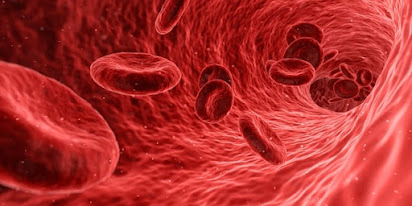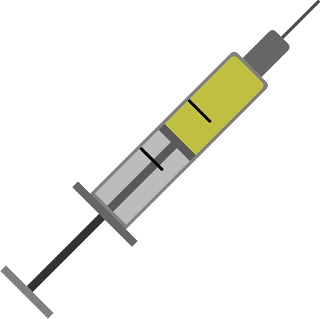Platelet Rich Plasma Injections
Platelet-rich plasma (PRP) injections have been gaining attention in both the medical and sporting world. As transfusion medicine continues to evolve, PRP offers promising therapeutic applications for various conditions. Let's explore the science, benefits, and considerations surrounding PRP in transfusion medicine.
What is Platelet-Rich Plasma?
Platelet-rich plasma (PRP) is derived from the blood and stands out because of its high concentration of platelets, surpassing what's typically found in the bloodstream. To comprehend the significance of this, it's essential to recognize the roles platelets play.
Platelets: More than Just Clotting Agents
While platelets are popularly known for their role in clotting blood, they are biological treasure troves packed with proteins and molecules that are vital for tissue repair and regeneration. Some of these key components include:
Growth Factors: These are proteins that facilitate cellular growth, proliferation, and differentiation. In the context of injuries, they can accelerate tissue repair. For instance, the platelet-derived growth factor (PDGF) stimulates cell replication, and the vascular endothelial growth factor (VEGF) promotes the formation of new blood vessels, which is crucial for healing.
Cytokines: These are cell signaling molecules that facilitate communication and interaction between cells. They play a pivotal role in modulating the immune response and inflammation, two processes intricately linked with healing.
Adhesion Molecules: These help platelets stick to each other and to other cells, ensuring that they can effectively participate in the repair process.
Ethical Issues in Transfusion Medicine
Autonomy and Informed Consent
Informed consent is a cornerstone of ethical medical practice. Patients have the right to understand the benefits, risks, and alternatives before receiving a transfusion. However, the urgency of some situations may complicate this process.
Whole Blood Transfusion
Why Use Whole Blood?
Whole blood transfusions reintroduce the practice of using unmodified, non-separated blood, essentially as it's drawn from the donor, albeit with certain standard treatments such as leukoreduction and pathogen reduction. It is generally only given as O positive or O negative and is tested to high low titers of ABO isoagglutinins to limit the possibility of an incompatibility reaction in a non type O patient.
Massive Hemorrhage Protocols: In situations of traumatic injuries or major surgeries resulting in rapid and significant blood loss, whole blood transfusions can be beneficial. The patient loses not just red cells but also platelets, clotting factors, and plasma. Whole blood provides all these elements in a balanced proportion.
Cryopoor Plasma (CPP)
Cryopoor plasma [CPP] (or cryosupernatant) is a component derived from blood, is a lesser-known product of blood separation. Understanding what it is, its uses, and the complexities surrounding its application and storage, can provide deeper insight into its critical role in transfusion medicine.
What is Cryopoor Plasma?
Plasma is the liquid component of blood, primarily composed of water, electrolytes, proteins, hormones, waste products, and gases. When plasma is frozen and subsequently thawed, a precipitate forms containing a concentrated mix of specific proteins. The liquid that remains after removing this precipitate is called cryopoor plasma.
Why is Cryopoor Plasma Used?
Replacement Therapy for Deficient Proteins:
Some individuals might be deficient in certain proteins that are not part of the cryoprecipitate. In such cases, cryopoor plasma provides a more suitable treatment option.





